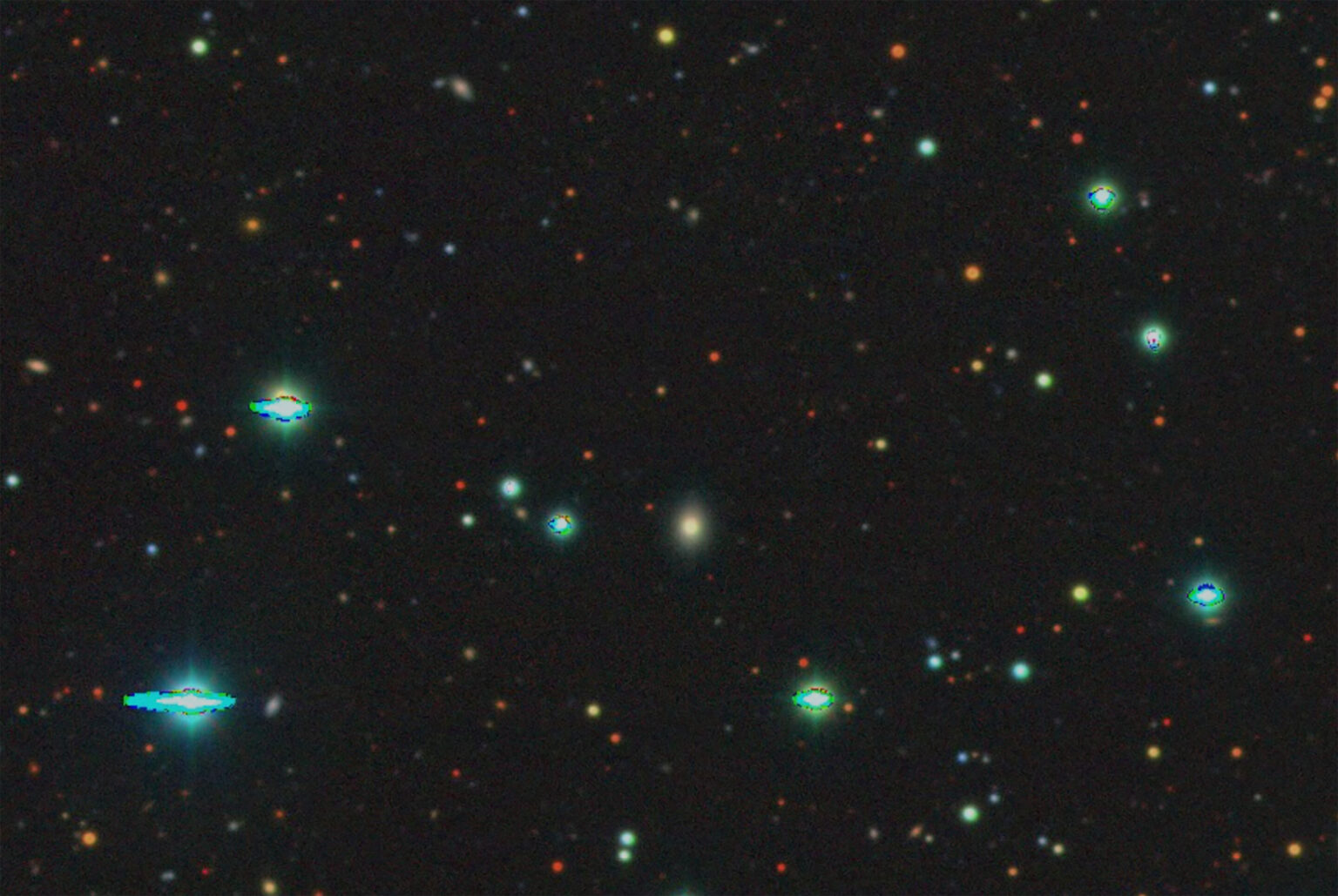Scientists at Northwestern University in the USA have presented an artificial intelligence system that can find supernovae. It has already been able to find a transient event without human intervention, classify it, confirm it with another telescope, and inform the scientific community about it.

How supernovae are discovered
Artificial intelligence could find a supernova for the first time without human participation. This was reported by its developers from the Northwestern University of the USA. A system called Bright Transient Survey Bot (BTSbot) is able to completely free people from this not-so-exciting process of discovery.
Supernovae are explosions that end the lives of the largest stars in the Universe. They occur quite infrequently, so mainly scientists see them in other, sometimes quite distant galaxies. However, they are only part of a much larger array of short-term events, which are called transients.
For their research, people have created a special tool called the Zwicky Transient Facility (ZTF). However, working with it requires a long look at the pictures. Scientists have estimated that over the past six years they have spent 2,200 hours of their time on this. Therefore, they are very happy that artificial intelligence has taken their place.
What the new artificial intelligence can do
BTSbot was first trained in order to find supernovae in the images, like any neural network. The researchers used 1.4 million archival images from almost 16 thousand sources to do this. They contained not only supernovae, but also other flares of stars and galaxies.
Then the scientists gave artificial intelligence the task of working with fresh images from the Zwicky Transient Facility. On October 5, it found an image of a distant galaxy that looked convex from above. It was a supernova SN2023tyk.
Artificial intelligence not only independently tracked this event but also determined its spectrum. It sent this data to another robotic telescope, the SED Machine. From there, it was confirmed to AI that this is indeed a supernova and that it belongs to type Ia. So it occurred in a system consisting of an ordinary star and a white dwarf.
Having made sure of this, the artificial intelligence added a new supernova to the catalogs, informing the scientific community about it. Thus, it carried out the entire research process without human participation. Astronomers do not worry about this fact at all because they will not remain without work. Now they will simply have more time to analyze the data.
According to phys.org
Follow us on Twitter to get the most interesting space news in time
https://twitter.com/ust_magazine
